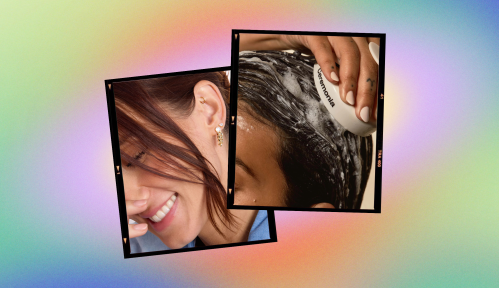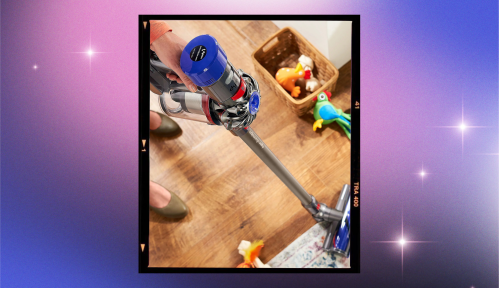Our editors independently select these products. Making a purchase through our links may earn Well+Good a commission
You might not yet know it, but there’s a good chance your saddest-looking plants are infested with pests—mealybugs, scale, spider mites, fungus gnats, thrips, and slugs (oh my!). And while there are multiple solutions for ridding them of these killer bugs, insecticidal soap is one of the easiest solutions given it can be made at home using just a few simple ingredients.
Experts in This Article
horticulturist, botanist, and director of content at Petal Republic
creator of House Plant Journal and author of The New Plant Parent
former director of brand marketing at The Sill
Insecticidal soap recipes have historically been used by home gardeners looking to rid their plants of pests without resorting to harsh or toxic chemicals. “These were often simple homemade concoctions mixing a soap-based product (either liquid or solid) with warm water and often some form of vegetable oil (not necessarily your finest extra virgin olive oil),” says horticulturist, botanist, and director of content at Petal Republic Andrew Gaumond. “Compared to many harsher pesticides that emerged on the market during the second half of the twentieth Century, insecticidal soap is less toxic and much more environmentally friendly.”
Indeed, insecticidal soap is a great option for houseplant pest control, says Erin Marino, plant expert and director of marketing at The Sill. “It’s relatively safe to use around pets and children and doesn’t have the harsh chemicals that stronger pesticides can contain,” she says. “I like to think of it as diluted soap!” And while insecticidal soap isn’t strong enough to kill hard-bodied pests, like beetles, it’s perfectly capable of eliminating soft-bodied houseplant pests like aphids and mealybugs.
How to use insecticidal soap
Once you’ve mixed your concoction using one of the recipes below (or purchased it pre-made), Marino recommends spraying it evenly on your infected plant’s surfaces: the top and bottom of its leaves, the stems and ceviches where the leaves meet the stem, etc. “Essentially you want to cover any area that plant pests could be,” she says. “The surfaces should be wet with the insecticidal soap, but not so much so that they are dripping.”
It’s critical to repeat the treatments regularly, about once a week, says Darryl Cheng, author of The New Plant Parent and creator of House Plant Journal. “This is because pest eggs are virtually invincible to sprays so when they hatch, the next treatment will get them,” he says.
While adjacent plants should be fine with a little coating of the soapy mixture, it’s always prudent to apply to a small patch first to assess how your plant life responds, says Gaumond.
And if you’re not fully keen on killing bugs, Cheng offers something else to try as a first line of defense. “Before I use any insecticidal soap on my plants, I try to physically remove the pests or, in severe cases, parts of the plant that are too far gone,” he says. “My signature tip: use a lint roller and, for smaller areas, masking tape. This works well for most plants with tougher leaves.”
DIY insecticidal soap recipes
1. Marino’s recipes
“You can mix a mild liquid soap with some vegetable oil or coconut oil into distilled water,” says Marino. “The goal is to dilute the soap enough that it is not harmful to your plants.” She also notes that she’s used diluted all-natural soap in the past sans oil with success, so if you only have soap on hand, you’re not totally out of luck.
2. Cheng’s recipe
Cheng doesn’t use oil in his mixture either. His DIY version is super simple. “It can be made from Dr. Bonner’s Pure Castile Soap—one part soap to five to six parts warm water,” he says. “Mix it into a spray bottle and spray it all over the plant.”
3. Gaumond’s recipe
“My preferred recipe mixes one spoonful of fragrance-free liquid soap—dish or hand-soap is fine—with five spoonfuls of sunflower oil or other vegetable oil, with around 16 fluid ounces of warm water in a spray bottle,” says Gaumond. “Give the mixture a good shake and apply immediately.”
Not so much of the do-it-yourself type? You can buy ready-to-use insecticidal soaps.
Insecticidal soaps to buy
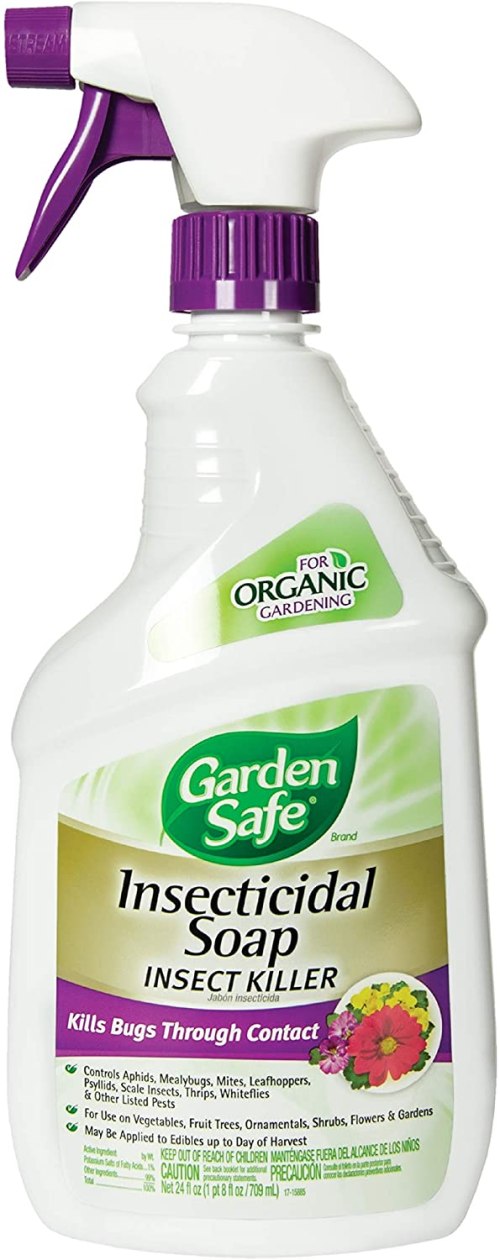
This soap controls aphids, mealybugs, mites, leafhoppers, psyllids, scale insects, thrips, whiteflies, and other pests. It’s a non-toxic mixture, meaning it can be safely used even on your vegetable garden plants up until the day of harvest.
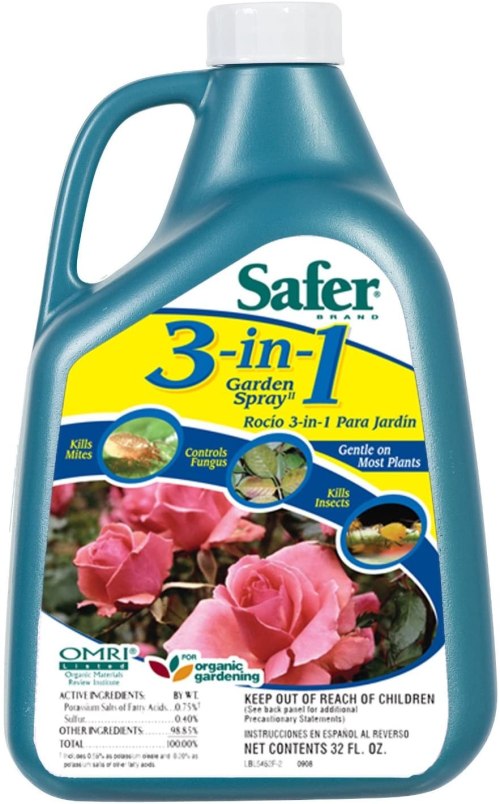
Safer Brand 3-in-1 Garden Spray — $20.00
This mixture kills aphids, beetles, caterpillars, crickets, earwigs, lace bugs, leafhoppers, mealybugs, mites, plant bugs, scale crawlers, thrips, and whiteflies. It also controls/kills mildew, black spot, leaf spot, and rust and is safe to use around pets and children.
Butter Yellow Is the Color of the Season—Get In on the Mellow Moment with These 5 Budget-Friendly Finds from Walmart

Butter Yellow Is Taking Our Closets By Storm—Here’s How To Add It To Your Workout Wardrobe

Want To Transform Your Outdoor Space into a Calming, Boho-Chic Escape (Um, Yes)? Start with These Steals
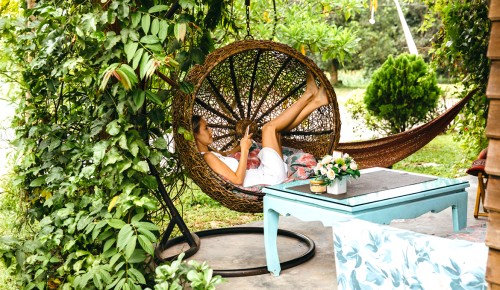
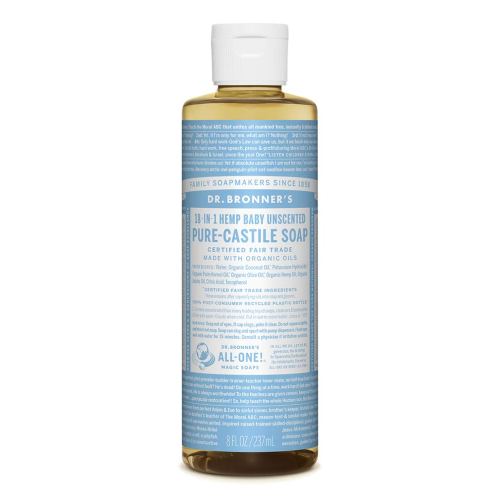
Dr. Bronner's Pure Castile Soap — $8.00
While this isn’t an insecticidal soap per se, it’s technically pre-made given all you have to do, per Cheng’s instructions, is dilute it before using it to spray your plants. That extra “work” may well be worth it, too—especially if you don’t have that many plants—as this is a multitasking soap you can use for just about any purpose within your home.
These are the best plants for every room in the house:
Sign up for the Well+Good SHOP Newsletter
Get exclusive deals on wellness, beauty, fitness, and food products that have been hand-picked by our editors.
Got it, you've been added to our email list.


